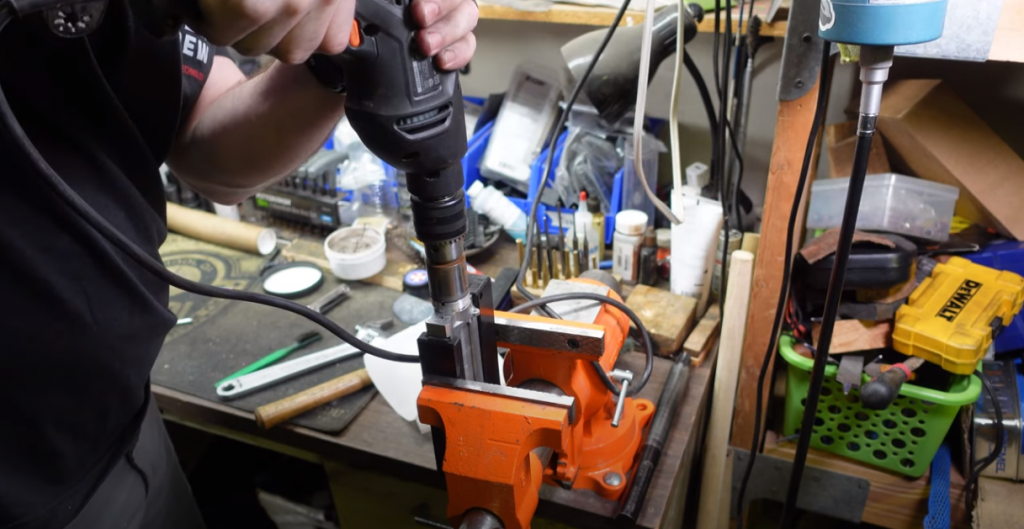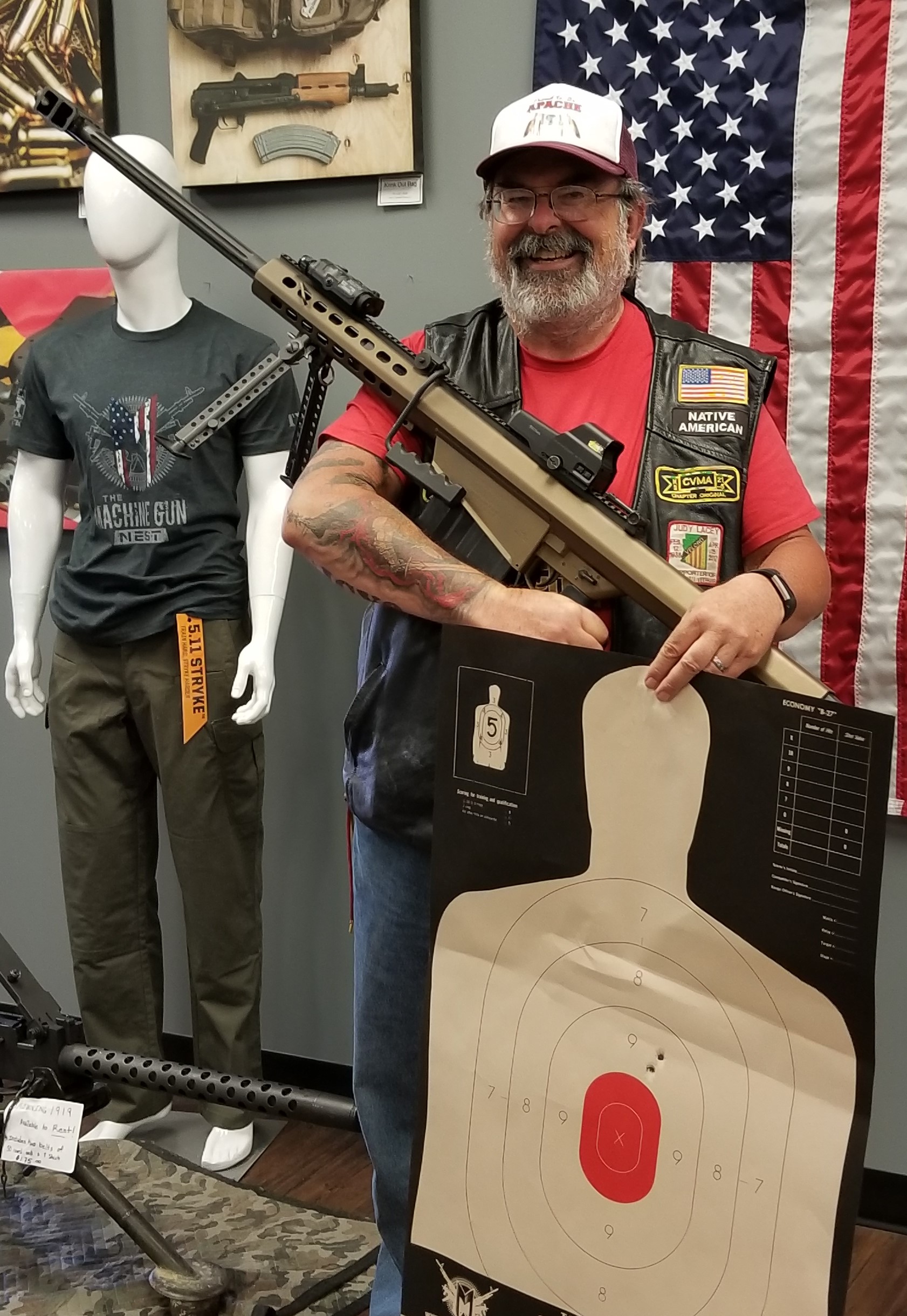
It’s no secret that the AR-15 is one of the most modular weapons platforms ever devised. They call these things “Lego guns” for a reason, after all. The main reason for that is because most AR-15 manufacturers build their guns to “MIL-SPEC,” meaning they use standard sizes and tolerances.
But what happens when you’re not working with MIL-SPEC parts? In that case, you’ll have some extra work on your hands. And part of that work will include lapping your AR-15 lower receiver. In this post, we’ll look at how to do that with SDI grad Caleb Downing.
Build Your AR-15: What Is Lapping an AR-15 Lower Receiver?
Caleb begins the video by explaining why you might want to try lapping the lower receiver of your AR-15. He gives two reasons:
- You’re trying to make everything as perfect as possible.
- Somehow, a non-MIL-SPEC part made it into your build.
In this case, Caleb finds himself in the second situation. The lower receiver he’s using for a build has a noticeable protrusion along the lip where the lower receiver would meet the barrel.
Why does that matter? If Caleb just pushed forward with his non-MIL-SPEC receiver, he’d run into some big accuracy problems. By mating the receiver and barrel correctly, he can ensure the gun is a tack driver.
Using an AR-15 Lapping Tool
To fix this, Caleb is using his trusty AR-15 lapping tool. Essentially, this is a rotating piece of metal that will grind the lower receiver down to MIL-SPEC dimensions. The tool is made of steel, whereas the lower is made from aluminum. Since steel is harder than aluminum, the receiver will give, not the tool. In addition to the lapping tool, Caleb also used some 600-grit lapping compound.

Pictured: Caleb using a lapping tool
The Process
First, Caleb puts two clamp pads over the receiver and clamps it securely into place with the lip that he needs to lap facing upwards. Then, he applies some lapping compound to the surface of his lapping tool, where it will come in contact with the receiver. Then, Caleb begins lapping with his tool. He mentions that you don’t want to apply too much pressure—just enough to hold the tool down.
He checks on his work periodically as he grinds down on the receiver. Caleb says that you’ll know you’re done once the entire surface you’re lapping is flat and shiny. He keeps working for about 3 minutes, at which point he’s satisfied with his results. He finishes up by cleaning the receiver off with some solvent and a brush.
Learn More about Firearms with SDI
Lapping a lower receiver is just one trick you’ll need to use to build a non-MIL-SPEC AR-15. If you want to learn more about how to build and maintain firearms, SDI can help you. Discover what you can learn when you explore the programs we offer.



